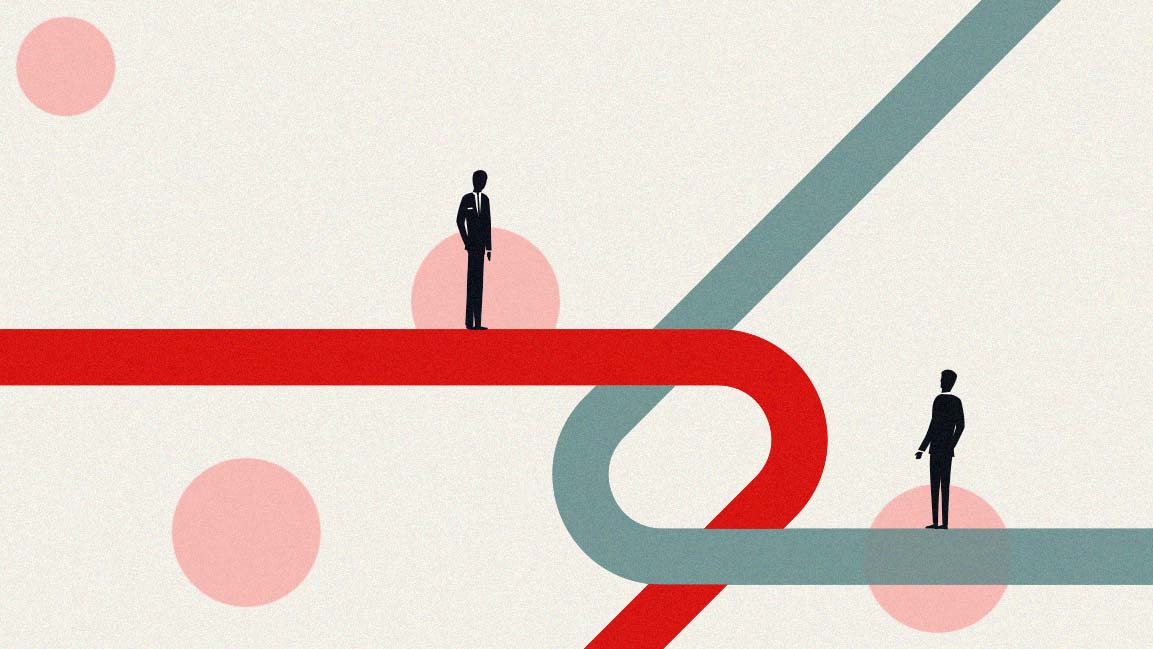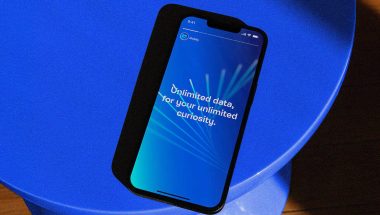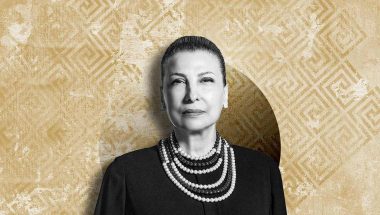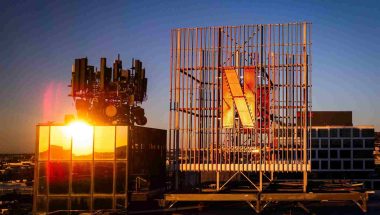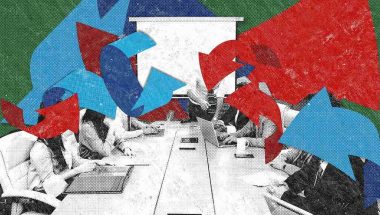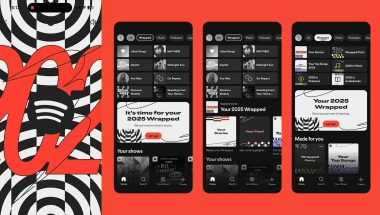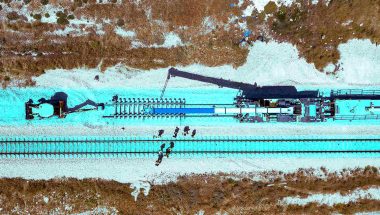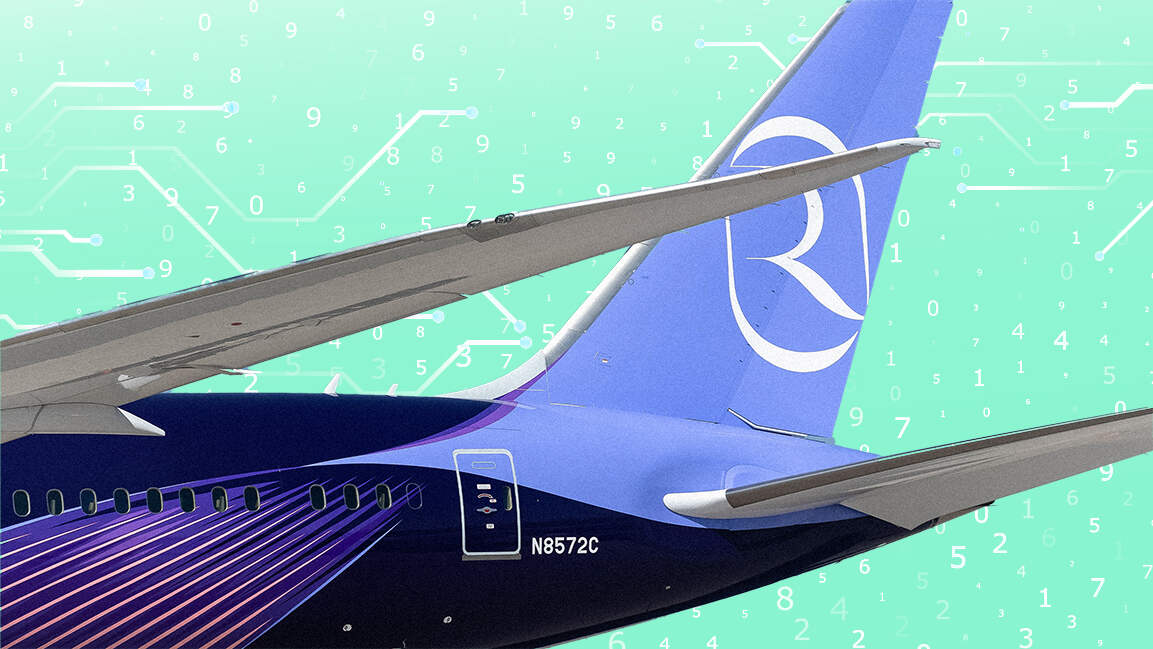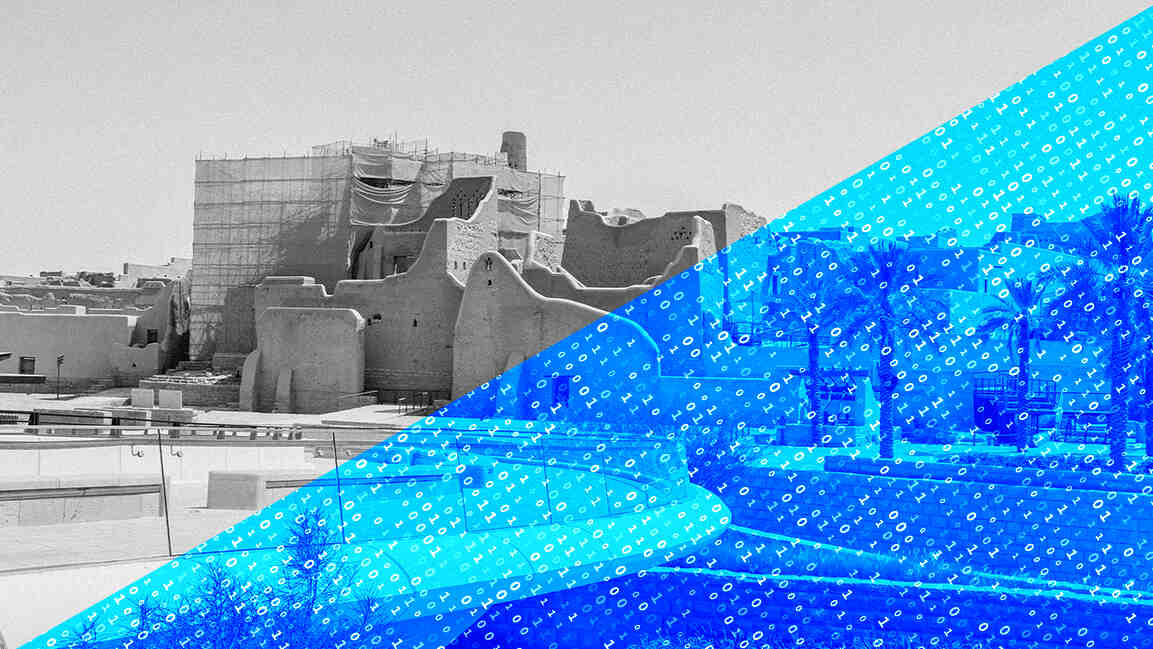- | 8:00 am
Mixed feelings: A new study shows creatives are fully embracing AI, but not all are happy about it
A new study from talent agency UTA says creatives are increasingly using AI in their work, even while their feelings about it are mixed.
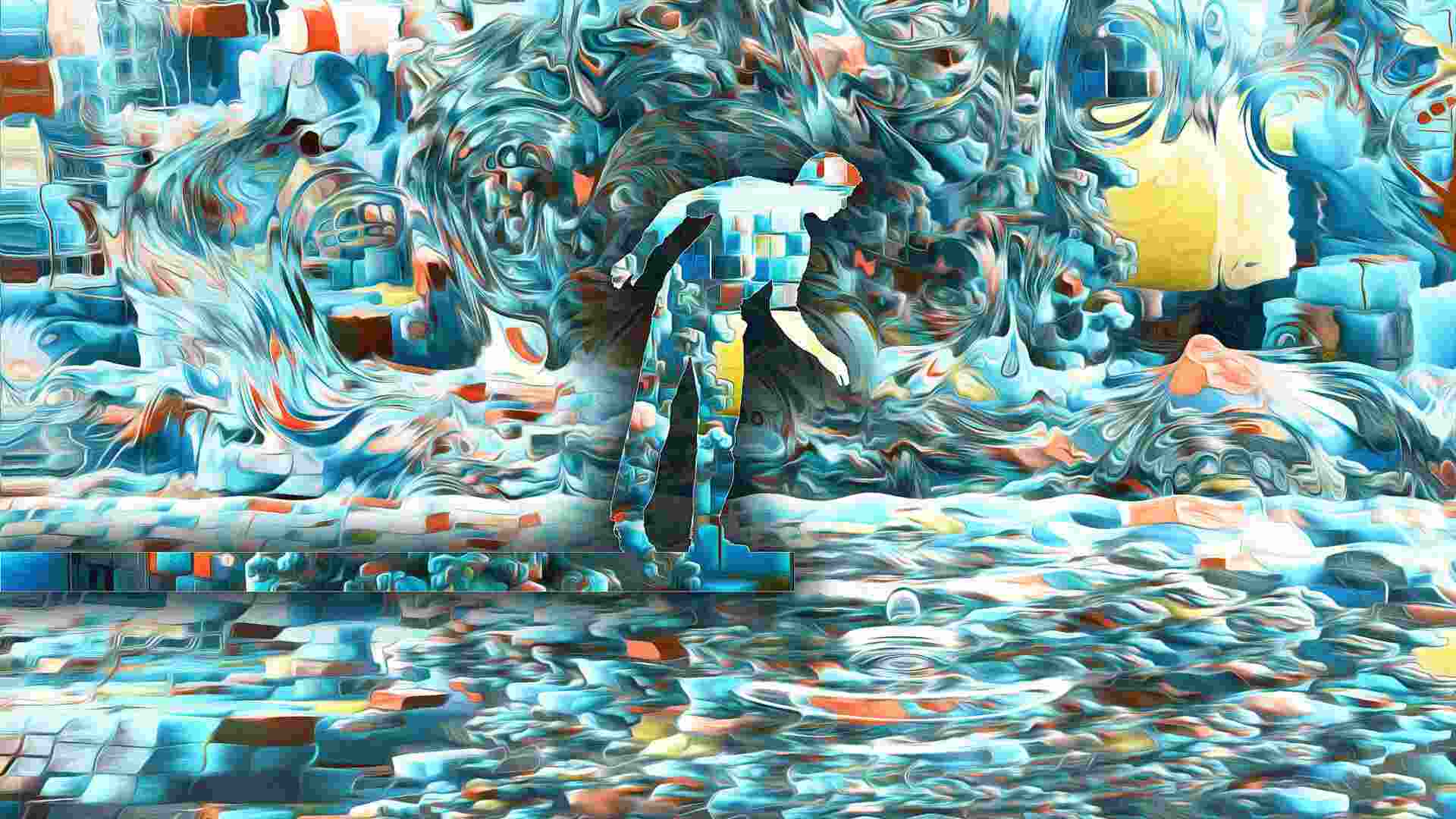
Joe Kessler thinks AI is at an inflection point. As the global head United Talent Agency‘s research, data and strategy arm called UTA IQ, he believes the technology is past the point of inevitability—and he has the research to back it up.
In a new study “AI Takes Center Stage: The Real-Time Impact of AI In Creative Media & Marketing,” Kessler and his team found that many creatives across advertising, marketing, and entertainment are already using AI in their jobs—and a growing number of them are outright embracing the technology.
Kessler embarked on this research to get a deeper sense of creatives’ sentiments towards the technology. “We were struck by the fact that there was a lot of coverage, lots of social media chatter regarding a lot of the fears and concerns around AI generative AI,” he says. ”But you know, there was very little current data that we could find that really elevated the true attitudes toward and the usage of AI.”
WHAT THE STUDY FOUND
The UTA IQ study, which surveyed more than 500 creative professionals mainly from the United States, Canada, and the United Kingdom, found that AI is primarily being used in the idea generation phase of projects. Three in five creatives use AI for idea generation and inspiration, while more than one-third utilize it for creating mockups.
This seems to be a growing trend. A November 2023 survey from It’s Nice That claims that 38% of respondents used it for idea generation. In that same study, however, the same people appeared to be a lot less enthusiastic about AI’s capabilities for execution. Only about 6% liked the idea of using AI for actual product development, final production stages, and marketing and communications.
The UTA IQ research found that 71% of creatives in marketing and entertainment are either curious or excited about AI, while 18% said they are outright skeptical (5% said they are intimidated by the tech and 4% said they are indifferent). “There’s been this significant shift from anxiety and resistance to curiosity and excitement, and at the very least, a cautious optimism,” Kessler says. He believes this sentiment comes from AI’s potential to enhance, not replace, human creativity.
This has long been the argument from proponents of generative artificial intelligence: AI isn’t here to replace human workers so much as it is to augment them. As graphic artist Emonee Larussa said in one of the study’s qualitative interviews: “AI helps remove some of the mundane and time-consuming tasks that don’t make you a better artist. . . . It even helps make me a better artist. I can instead spend more time playing around and focusing on new ideas.”
Kessler’s study also reveals that AI’s integration into creative workflows has tangible benefits, with about 88% of creatives using AI reporting that it makes their tasks easier, 83% saying it helps them act on new ideas, and 75% believing it improves the quality of their work.
DEMOCRATIZING CREATIVITY
Kessler is bullish on the idea that generative AI holds the promise of democratizing creativity by lowering barriers to entry. In a qualitative interview for the survey, Carl Reed, chief creative officer and president at Lion Forge Animation, says, “by giving everyone access to AI tools that will allow individuals to make films, music, animation, and more, we will open up these mediums to whole populations of people who would otherwise never have the possibility of telling their story.”
This could potentially lead to a renaissance of creativity, where diverse voices and stories emerge thanks to AI’s enabling technologies, in the same way that the mass manufacturing of oil paint at the end of the 19th century opened the medium to a larger audience. This allows painting to expand into the mainstream, where it resulted in the Impressionist movement and the birth of modern art.
THE HAIRY BUT AROUND THE CORNER
But there are some big caveats to all this talk of creative renaissance. Despite the growing enthusiasm around AI in the creative industries, there remains a significant undercurrent of fear and skepticism—something that Kessler timidly acknowledges. The UTA IQ study found that while many creatives are optimistic about AI, a substantial portion remains wary of its implications. This apprehension is not unfounded, as concerns about job security, ethical use, and the potential devaluation of human creativity persist.
One of the most pressing concerns among creatives is the potential for AI to replace human jobs. The UTA IQ claims that this is mostly a symptom of unfamiliarity with the technology. The study claims that 85% of those not currently using AI in their work express apprehension about its long-term impact on employment. This anxiety is echoed in the broader industry, where the recent Hollywood writers’ strike underscored the tension between AI advancements and job security.
Despite the study’s rosy outlook on AI, there is a palpable dissonance in many sectors of the creative industry, most notably amongst writers. “I think they’re against the abuse of AI,” Kessler says. He says that UTA is all for defending the rights of writers and other creators and protection against using current copyrighted material for the training of models. Writers, too, are concerned about copyright—but more is at stake than protecting their past work. For many creatives, reigning in AI is a matter of protecting their future work.
The study falls short of addressing the future implications of AI on the creative world. Kessler says he doesn’t believe AI will be as creative as humans, at least in our lifetimes. And he’s right that current AI models aren’t capable of that. But there are already new AIs that can understand the world by just looking at it. The next phase of AI will not be LLMs, which are basically dumb statistical predictors. Rather, the AI that worries creatives is the one that can think and create as humans do. The fear that AI might eventually overshadow human creativity is a significant and very real prospect as these new technologies become exponentially more sophisticated.
THE CREATIVE DIVIDE
While creative leaders see AI as an opportunity to streamline operations and boost efficiency, many in the trenches of creative work understandably view it with suspicion. UTA’s study didn’t probe this narrative—nor did it offer demographics on respondents’ age, income, or career level. But history would suggest that there’s a divide in sentiment between the upper echelons of the creative industries and the people whose jobs are most at risk.
Kessler’s theory of AI inevitability is right, though. The AI train is accelerating at warp speed. Will it be good for all creatives out there? It’s impossible to say right now. As we navigate the complexities of integrating AI into our work lives, it’s crucial to address these fears and ensure that the technology is used ethically and responsibly. No matter how much optimism you throw at the topic, the road toward a harmonious relationship between AI and human creativity is going to be fraught with challenges. Perhaps, with careful consideration and regulation, we can aspire to a future where both coexist and enhance each other.















